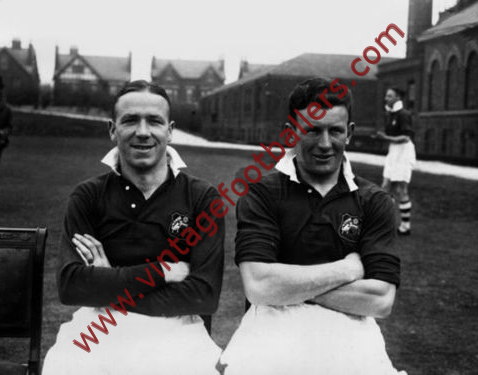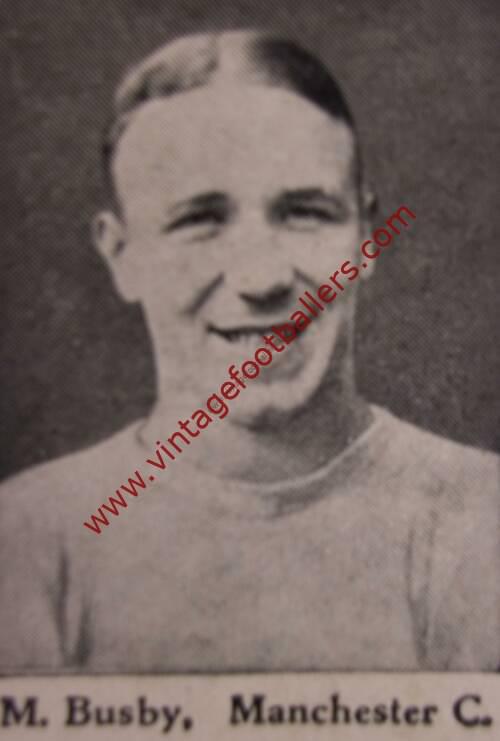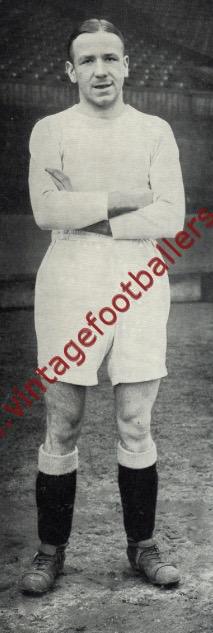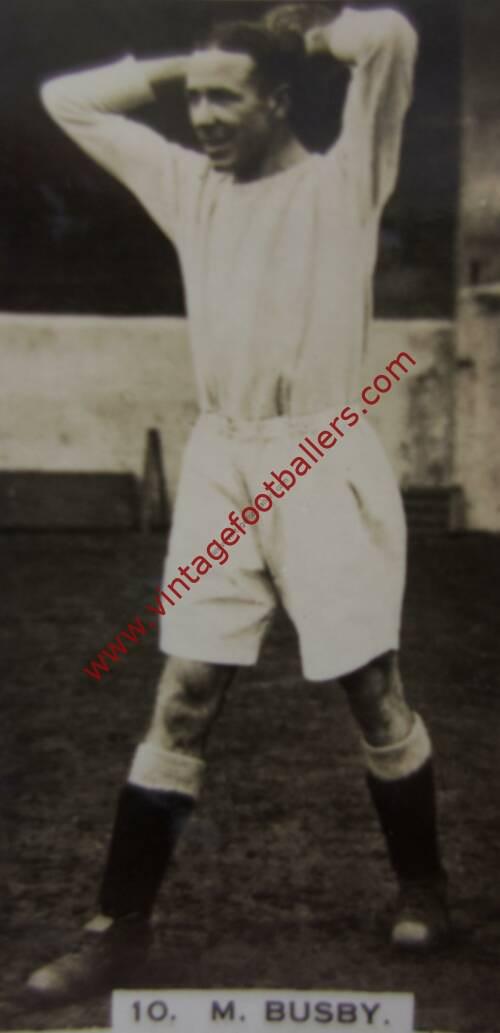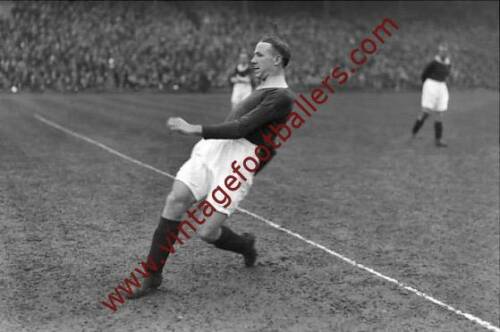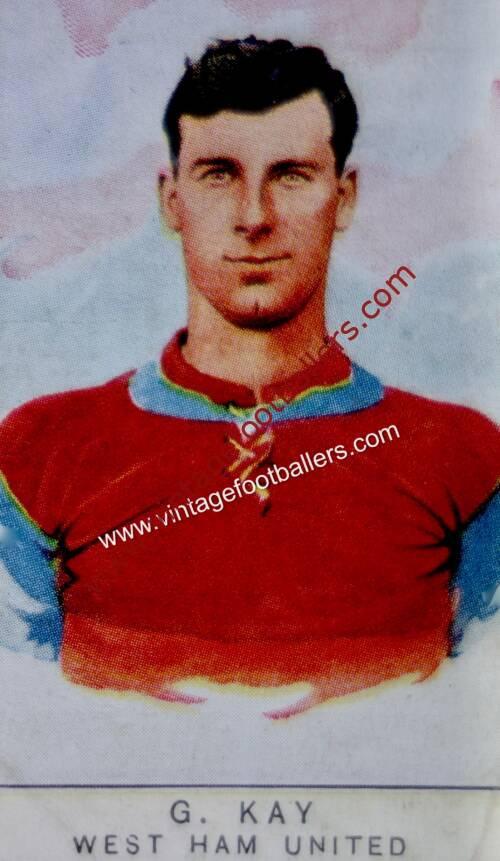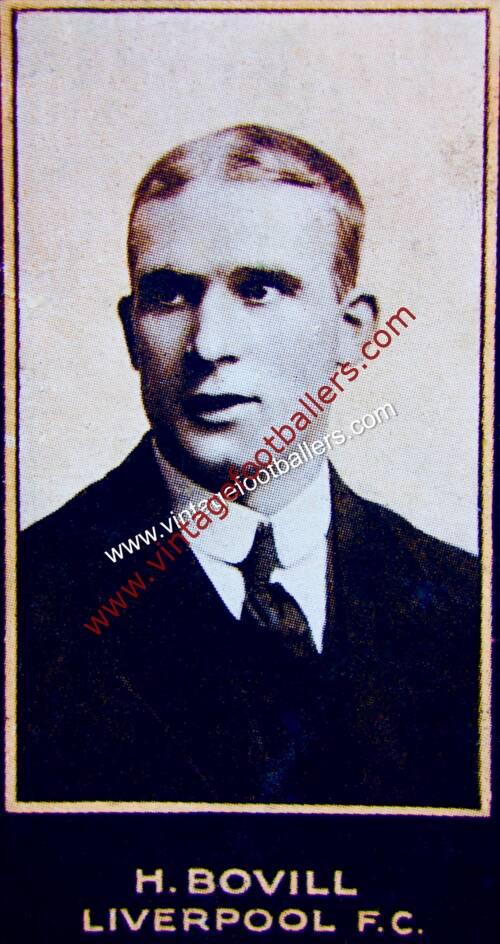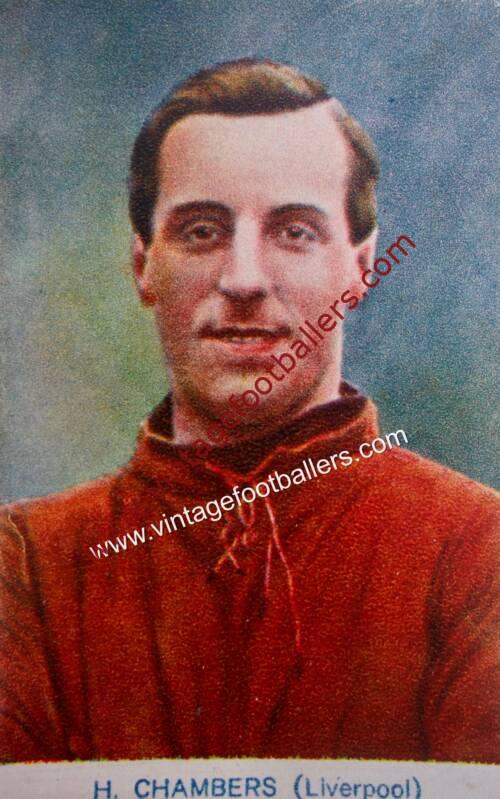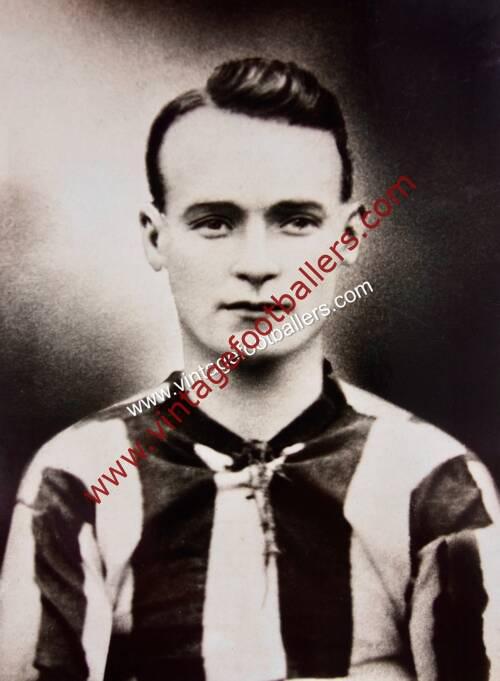Please choose your photo size from the drop down menu below.
If you wish your photo to be framed please select Yes.
Note: 16″x 20″not available in a frame.
Images can also be added to accessories. To order please follow these links
£8.95 – £49.95
Please choose your photo size from the drop down menu below.
If you wish your photo to be framed please select Yes.
Note: 16″x 20″not available in a frame.
Images can also be added to accessories. To order please follow these links
Orbiston, Lanarkshire born wing half Matt Busby played football for junior side Alpine Villa in 1926 and then part-time for Stirlingshire side Denny Hibs in 1927. He had played only a few matches for Denny Hibs, but it was not long before he was signed up by Manchester City on a one-year contract worth £5 per week on 11th February 1928 and he made his Football League debut for City on 2nd November 1929, more than 18 months after first signing for the Blues, when he played at inside left in a 3-1 win at home to Middlesbrough in the First Division. He made 11 more appearances for City that season, all at inside forward, scoring five goals in the process.
During the 1930-31 season, City manager Peter Hodge decided that Busby’s talents could be better exploited from the half-back line, with Busby playing the right-half role. In his new position, Busby built up a reputation as an intelligent player and a finer passer of the ball. In 1930, Manchester United made an enquiry about signing Busby from their cross-town rivals, but they were unable to afford the £150 fee that City demanded. By the 1931-32 season, Busby was firmly established in the first team, missing just one match that season. Indeed, Busby and Jackie Bray became such fixtures at wing-half that club captain Jimmy McMullan had to move to forward to keep his place in the team. In the 1930’s Manchester City performed strongly in the FA Cup. They reached the semi-finals in 1932, and the Final in 1933 losing to Everton, before finally winning the tournament in 1934 with 2 late Fred Tilson goals in a 2-1 win over Portsmouth. However, from the second half of the 1934-35 season, Busby’s number 4 jersey was worn by Jack Percival with increasing regularity, and Busby was sold to Liverpool for £8,000 on 12th March 1936, having scored 14 goals in 227 appearances for Manchester City. Busby made only one official international appearance for Scotland; he played in a 3-2 British Home Championship defeat to Wales at Ninian Park, Cardiff, on 4th October 1933.
He made his debut for the Reds just two days later, on 14th March, away to Huddersfield Town; the match ended in a 1-0 Liverpool defeat. Busby opened his goalscoring account a month later – his 47th-minute strike helped his team to a 2-2 draw with Blackburn Rovers at Ewood Park. Busby soon made the number 4 shirt his own, ousting Ted Savage in the process. He rarely missed a game over the following three seasons. This consistency earned Busby the Liverpool captaincy and he led the club with great distinction. Along with fellow Scots Jimmy McDougall and Tom Bradshaw, Busby made up what is considered by many to be the best half-back line Liverpool had ever had. Busby’s greatest strength on the field was his passing. The Liverpool Echo waxed lyrical about him in September 1936. “Busby goes far up, if so inclined and when he starts his upward trend one knows his command of the ball will be such he will not be dispossessed. He is the richest and most practised passer the game has ever known. Hence he appears in a blinding light when compared with some other half-backs.”
Bob Paisley joined Liverpool from Bishop Auckland in 1939, and it was Busby who took him under his wing and showed him the ropes at Anfield. This led to a lifelong friendship between two of the most successful managers in English football history. The Second World War arrived soon after, and with it came an end to Busby’s playing days after 3 goals in 125 Liverpool appearances. Like many of the Liverpool playing staff, he signed on for national service in the King’s Liverpool Regiment.
Busby carried on playing football during the Second World War, making three appearances for Chelsea. He also turned out for Middlesbrough, Reading, Brentford, Bournemouth & Boscombe Athletic and Hibernian. Busby also made seven appearances for Scotland against England during the War, winning just one of them, but these are considered unofficial. He also represented the Scottish League XI in an inter-league match in 1941. Busby was appointed as coach and assistant manager to George Kay at Anfield for £10-a-week in May 1944. However, his views on how football should be played and governed were not shared by Liverpool’s Board. In February 1945, Busby, who was at this time an instructor at the Royal Military College, was released from his coaching position at Liverpool. A few days later he accepted the manager’s position at Manchester United. It was a bold step for him to take but his achievements at Old Trafford were nothing short of astonishing with the birth of the “Busby Babes”, five First Division Championships and two FA Cups. He survived the 1958 Munich air crash and then a decade later masterminded the European Cup-winning team of 1968, whereafter he was knighted, retiring in 1969, remaining as a director. Sir Matt Busby is rightly considered one of the best managers of all time.
| Weight | N/A |
|---|
